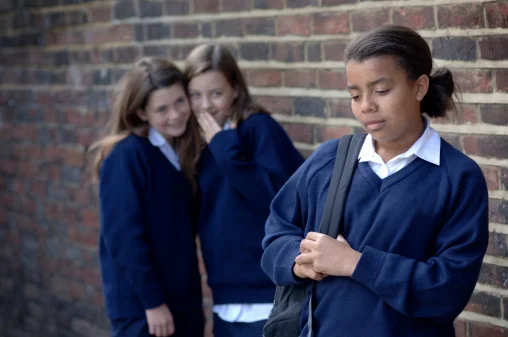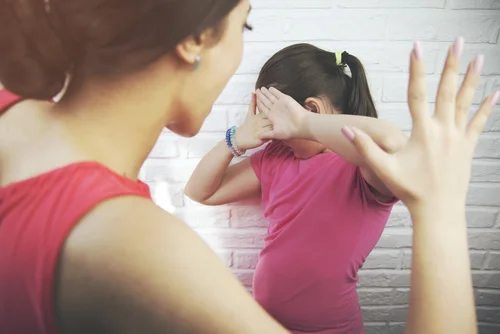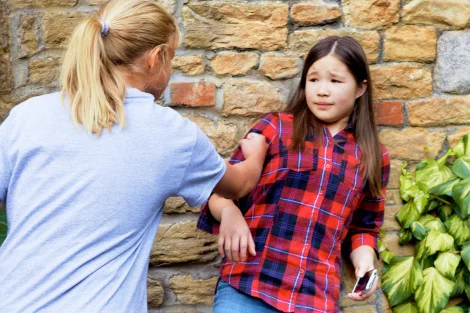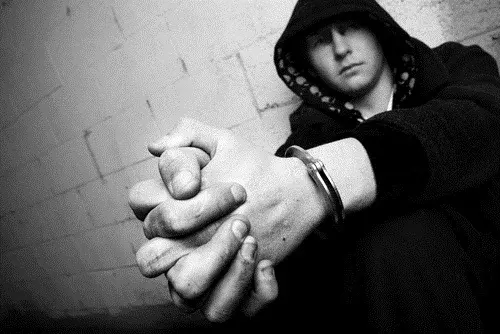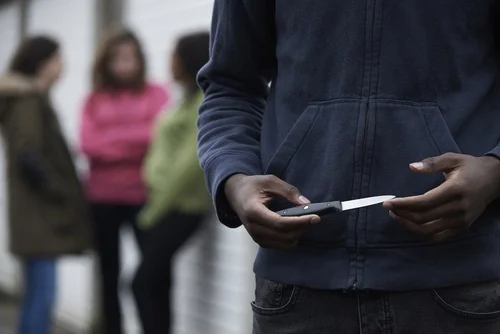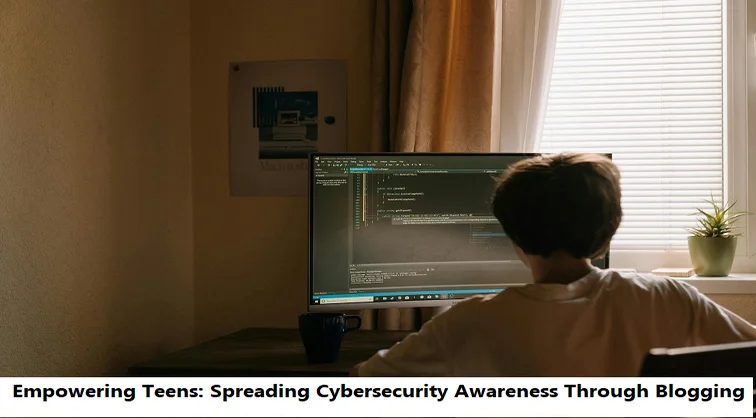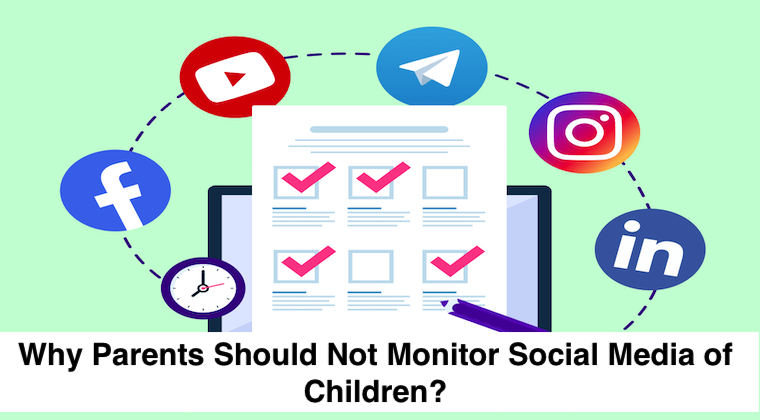+1 845 259 2974 (11 a.m to 7 p.m CST)
Hazing and Bullying: What the Parents Need to Know About the Two

Bullying and hazing are commonplace in many schools across the U.S. Involving the same power dynamics and using similar power tactics, the two are often confused as one and the same. While the two are indeed quite similar in many aspects, failing to recognize their differences can take a huge toll on the efforts to address, confront, and uproot them from the system. While parents are already becoming aware of the detrimental effects that it can have on the development of their teens, they often fail to address the other threat, which is just as damaging. To answer the pressing question of how to stop hazing and protect their kids from its harmful effects, parents need to be able to identify it first.
The difference between bullying and hazing
Bullying typically involves an act of aggression by an individual or a small group against the victim with the sole motive of harming or humiliating him or her. It involves excluding the victim from the group. Hazing, on the other hand, is any activity involving degradation or risk of physical or mental harm that the victim must undertake to get accepted in a group. It is inclusive in nature and typically perpetrated by a large group. Unlike bullying where the victim is not given any choice, a certain degree of victim’s consent is involved in hazing.
Warning signs of hazing
If your teen is experiencing hazing at school, they’re likely to remain silent about it. However, mistaking their silence for “everything is alright” can be immensely detrimental to their mental and physical well-being. Therefore, it’s important that you recognize the red flags that can help you become aware of the problem. Remain on a lookout for a change in your teen’s communication. If you notice a change in its pattern, frequency, length and general tone, take it as a warning sign. Furthermore, if you notice that your child has reduced their contact with you, their siblings and even their old friends, recognize that something may be amiss. Teens having difficulty to adjust at a new school and make friends is a common concern.
However, if they are adjusting and making friends way too quickly, there is a strong likelihood that hazing is involved. Any change in your offspring’s behavior such as sleeping and eating patterns, temperament and deteriorating academic performance should also be taken as a warning sign. Most importantly, if your adolescent starts complaining about physical ailments such as broken bones, stomach or headache, exhaustion, etc. and doesn’t have a believable account for it, know that something is seriously wrong.
How to prevent hazing
Ignoring the threat of hazing is like throwing your baby to a pack of hungry wolves. Your intervention is of utmost importance. In order to combat hazing, be clear on what the threat involves and so that it’s easier for you to identify its signs and symptoms. You also need to have a talk with your teen about hazing. During the talk, stress on its implications for both the victim and the perpetrator. Explain to your child what makes this “ritual” so wrong and help them understand that they don’t need to undergo humiliation and mental or physical torture to make friends or gain acceptance. Encourage your kid to report hazing to you or the school administration. Also, go through the school policies and procedures for dealing with hazing situations.
Hazing is beginning to attract more attention lately, with schools adopting a harsher policy to discourage the practice. However, it is important that parents instill a sense of responsibility and empathy in their kids so that they abstain from becoming part of it.



